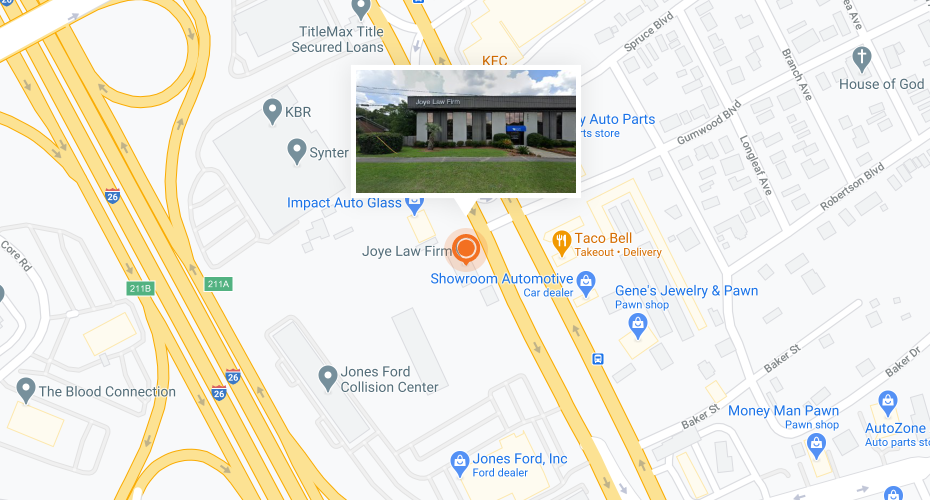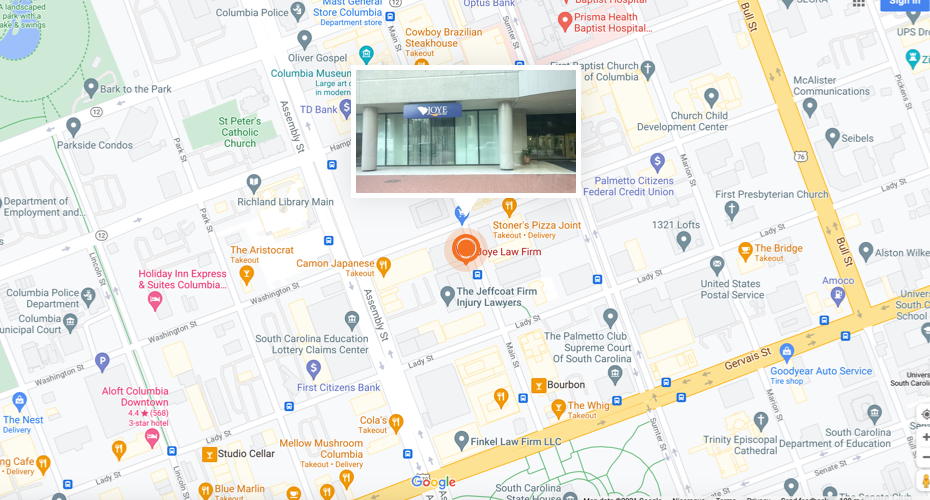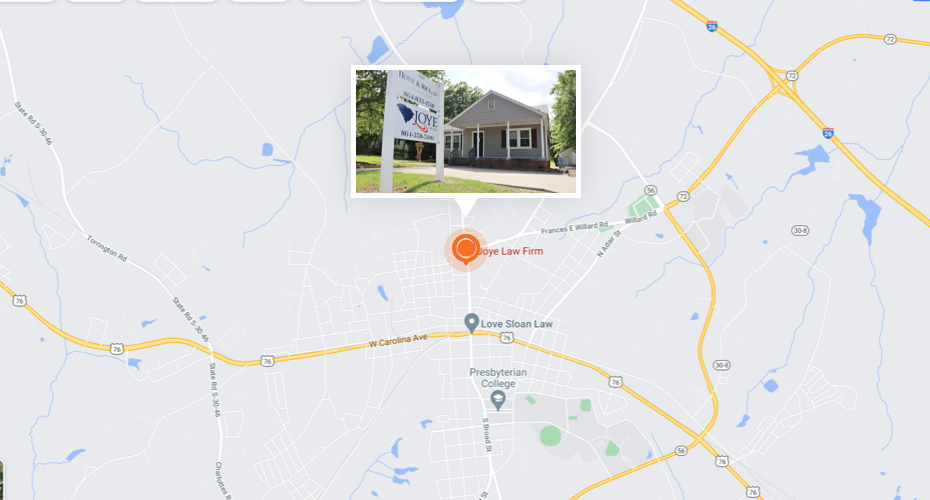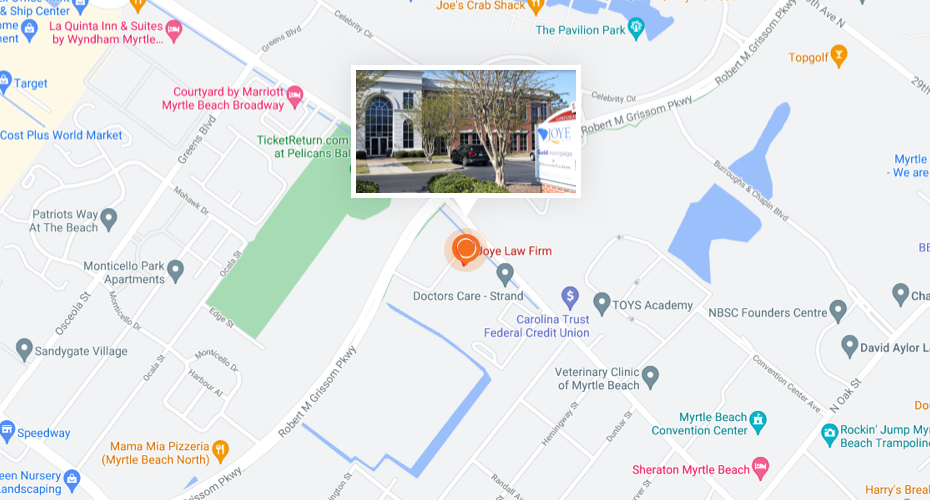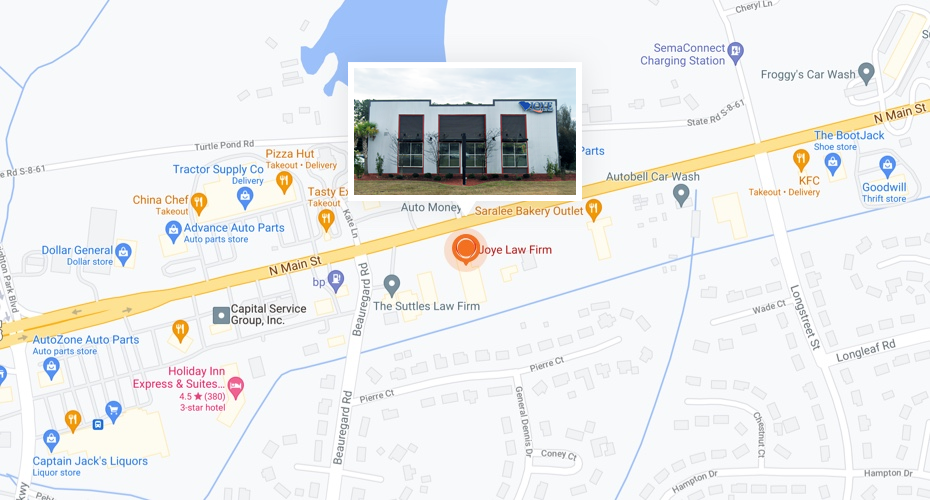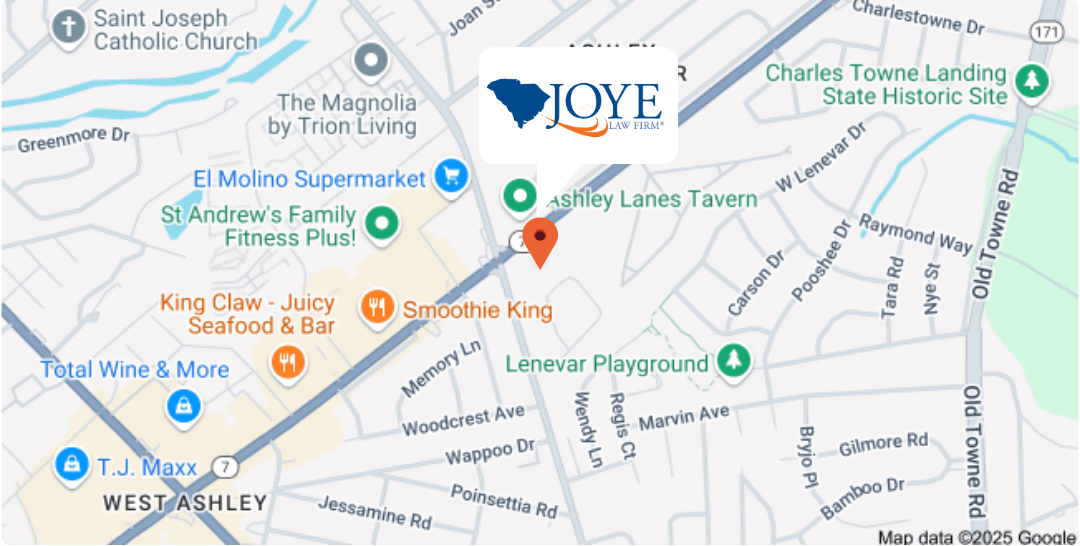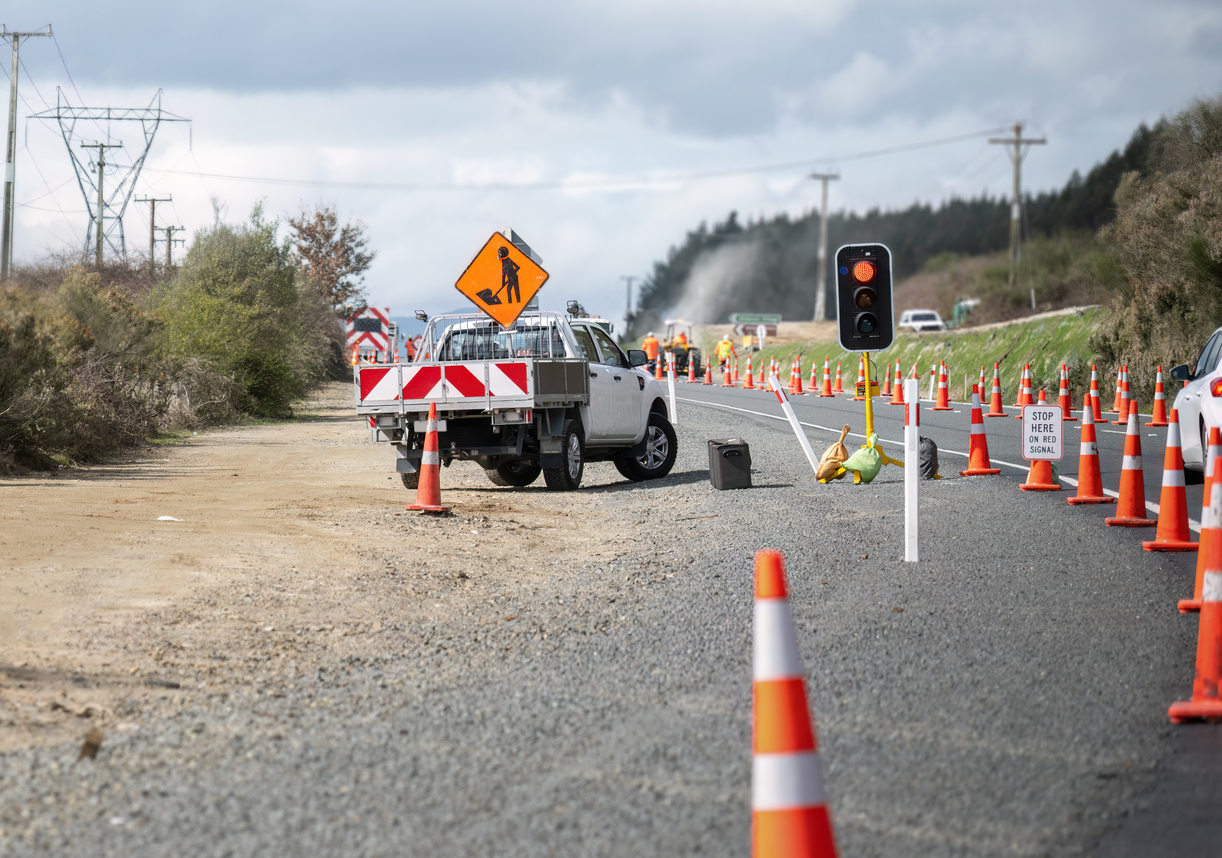
Work zones are a common sight on South Carolina’s roads, with projects ranging from repaving to building new bridges. While these improvements aim to make our roads safer in the long run, construction areas can pose significant hazards to drivers, passengers, and workers alike. In fact, the 2022 South Carolina Traffic Collision Fact Book reported 2,544 collisions in work zones, including 723 injury crashes and 19 fatal accidents. Understanding the common causes of work zone crashes and learning practical ways to avoid them can help keep everyone safe.
At Joye Law Firm, we understand the devastating impact these wrecks can have on individuals and their families. Our experienced work zone accident lawyers are here to help you seek full compensation for medical expenses, lost income, pain and suffering, and other damages.
Why Work Zone Accidents Happen
Most work zone crashes are the result of a combination of construction-related hazards and driver error. Here are the key factors that contribute to these accidents:
Road Construction Issues
- Poorly Marked Detours: Confusing or inadequate signage for detours can lead to sudden lane changes or wrong turns, causing collisions.
- Uneven Road Surfaces: Construction often leaves roads with uneven surfaces that can make it difficult for drivers to maintain control.
- Odd Lane Changes: Narrowed or shifting lanes can confuse drivers and increase the risk of sideswipe accidents.
- Construction Machinery and Debris: Equipment and debris left near active lanes can create obstacles, especially for inattentive or speeding drivers.
- Inadequate Warning Signs: Insufficient or poorly placed signs fail to alert drivers to slow down or prepare for upcoming changes.
Driver Errors
- Following Too Closely: Tailgating leaves little room to react to sudden stops, a common occurrence in work zones.
- Speeding or Reckless Driving: Exceeding the posted work zone speed limits greatly increases the chance of losing control or rear-ending another vehicle.
- Distracted Driving: Drivers focused on their phones or other distractions are less likely to notice lane changes or road hazards in time.
- Ignoring Traffic Signs: Disregarding signs and signals can lead to dangerous situations, including collisions with other vehicles or workers.
When and Where Most Construction Zone Crashes Occur
Work zone crashes are most common at night, when visibility is reduced, and during shoulder and median work. Lane closures and shifts also account for a high number of accidents, as drivers struggle to adapt to temporary traffic patterns. These factors, combined with the challenges posed by poor lighting and fatigued drivers, make night-time work zones particularly dangerous.
Work Zone Accidents Involving Semi Trucks
Large trucks play a significant role in work zone accidents, contributing to nearly 30% of all crashes in these areas, according to the Federal Motor Carrier Safety Administration (FMCSA). These vehicles, which include dump trucks, tractor-trailers, and other oversized vehicles, are critical to construction projects but also pose a higher risk to passenger vehicles due to their size and limited maneuverability.
Work zones already create challenging conditions for drivers, such as reduced visibility, unexpected hazards, temporary signage, and sudden changes in traffic flow. The presence of large trucks exacerbates these risks, often leading to severe or even fatal accidents. Over the past five years, work zone crashes involving large trucks have resulted in more than 1,000 fatalities and over 18,000 serious injuries.
Joye Law Firm Secures $17 Million Verdict in Construction Zone Tragedy
Attorney Mark Joye, head of Joye Law Firm’s litigation department, represented the family of a young couple and their infant son tragically killed in a devastating work zone crash on Interstate 95 near Florence, South Carolina.
While returning from a dream trip to Disney World, the family was caught in slowed traffic due to construction. Moments later, their small SUV was crushed and set ablaze from being rear-ended by an 18-wheeler operating at 70 mph. Despite multiple warning signs about the construction zone, the truck driver failed to stop or reduce speed. The horrific collision caused a chain reaction, ultimately killing five individuals and destroying several vehicles. Evidence presented in court suggested the truck driver was alcohol-impaired and had ignored safety regulations, further highlighting the preventable nature of the tragedy.
Joye Law Firm’s attorneys demonstrated that the trucking company and its driver failed to meet federal safety standards, neglected proper training, and attempted to conceal evidence related to alcohol use. After an eight-day trial, a jury in the U.S. District Court, Charleston Division awarded $17 million in damages to the family’s estate.



